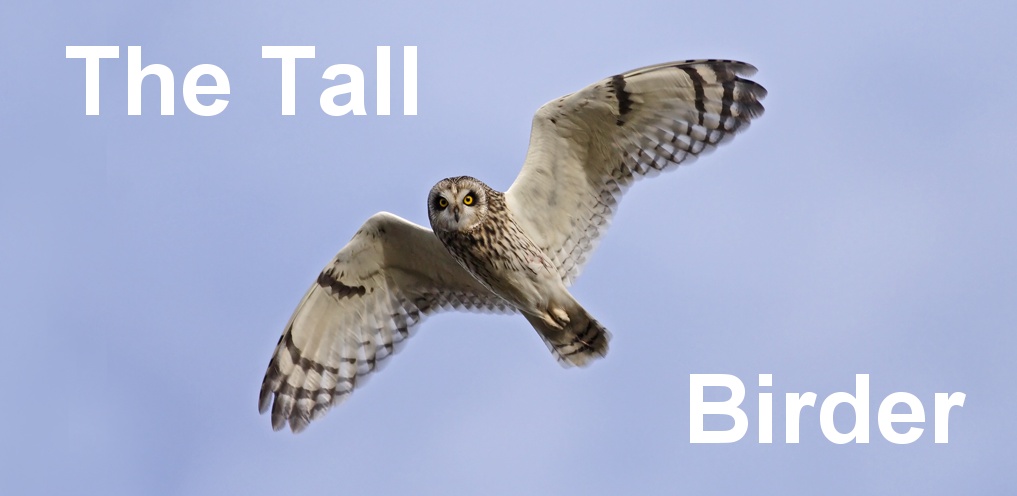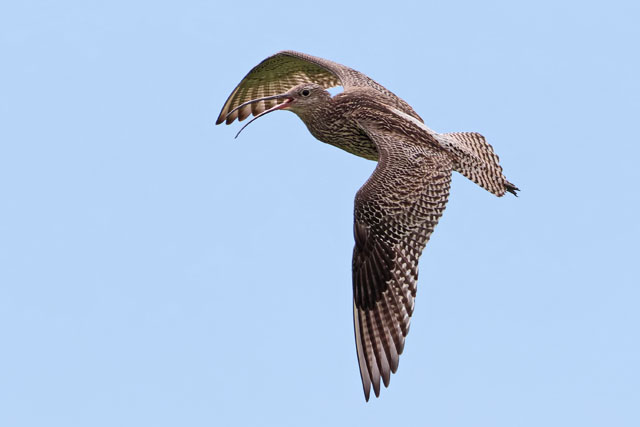I took a break from the Clubtail survey today after two unsuccessful trips to the upper Thames (Radcot/Tadpole Bridge) and decided it was high time for a visit to Otmoor. Arriving well after 09:00, I was surprised to find some the regulars had only just got there as well, and we all had a wander along the Roman Road in brilliant sunny conditions.
Very quickly someone spotted some elusive butterflies high up in the tops of the bushes on the west side of the track. They were really difficult to follow in flight and almost impossible to see when settled, as they were nearly always facing end-on or horizontal - presumably to make the most the sunlight. Eventually sufficiently clear views were obtained and it was decided these were
Black Hairstreaks. These seem to be very early this year, as they are not normally on the wing until late June, according to my book. This was a new butterfly for me! There must have been more then the two that were the most seen at any one - at least 4 I would guess and maybe more. But no pics - they weren't showing any sign of coming lower while we were there.
Further on at the end of the Roman Road, at the corner with bridleway, there was a female
Beautiful Demoiselle and then just a few yards along the bridleway, there was a male that posed quite well for photos. That was more like it!
Beautiful Demoiselle
I then switched into bird mode and tried for photos of the
Turtle Dove. There was nothing doing at the cattle pens, but it was purring away well in the usual Oak Tree beyond. On my return, it was still there. At one point a
Woodpigeon flew into the same tree whereupon the
Turtle Dove started vigorously displaying at it! Seemed like a case of mistaken identify and a sign that this was an unpaired bird so far?
Turtle Dove
Out over Greenaways there were several
Hobbies zooming around, and a
Marsh Harrier. I couldn't however spot the large grey birds with long necks that were reputed to be there.
Along the bridleway, there was an impressive range of Odonata, including numerous
Azure Damselflies,
Large Red Damsels,
1 Blue-tailed Damsel,
Red-eyed Damsels,
Four-spotted Chaser and just one
Hairy Dragonfly seen briefly in flight only. On the path to the first screen, there was one teneral
Ruddy Darter.
The first screen was quiet but there was a distant male
Wigeon which seemed an unusual June find.
I didn't see anything very different on my return, by which time it was cloudier and possible more windy as well. There was however this striking, tiny bug at the eastern end of the bridleway that I reckon is probably a
Red-and-black Froghopper. Anyone of a different opinion?!
Red-and-black Froghopper (probable)











